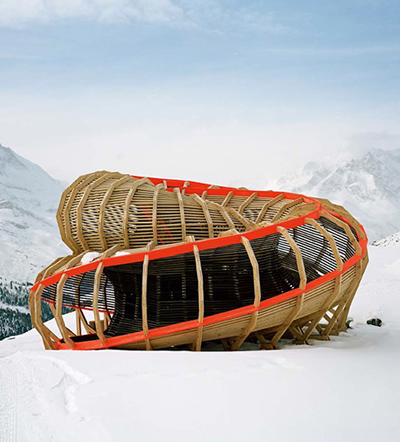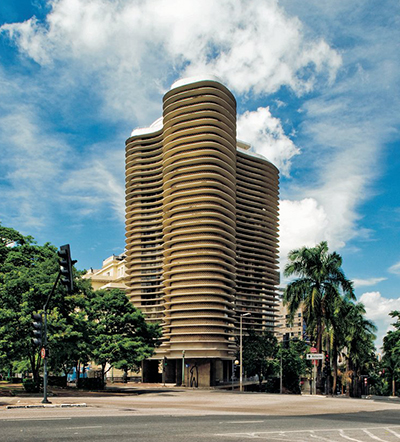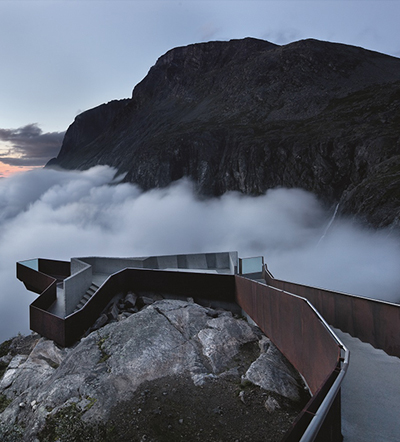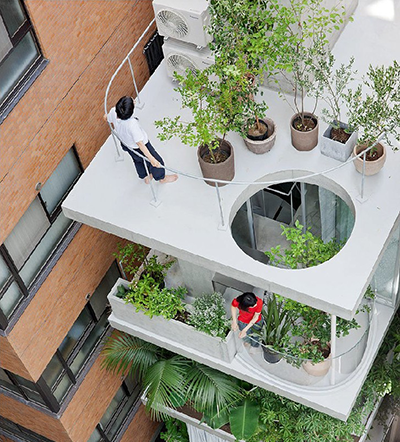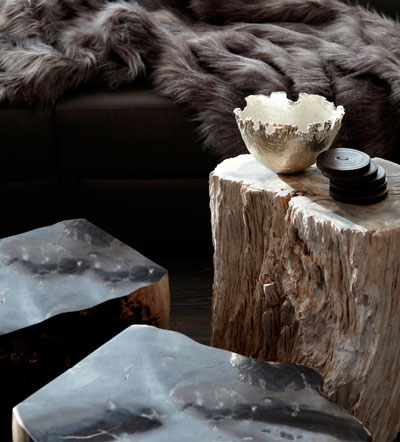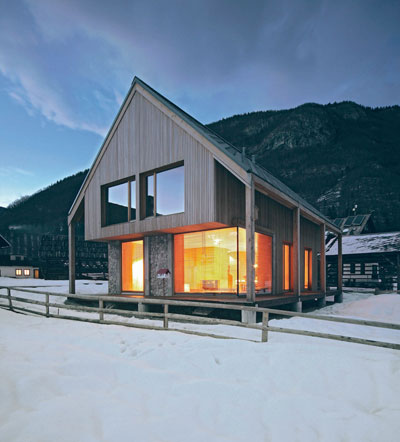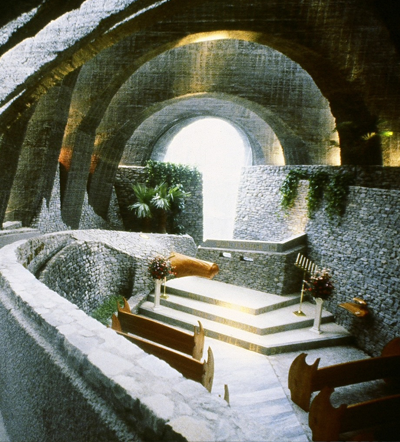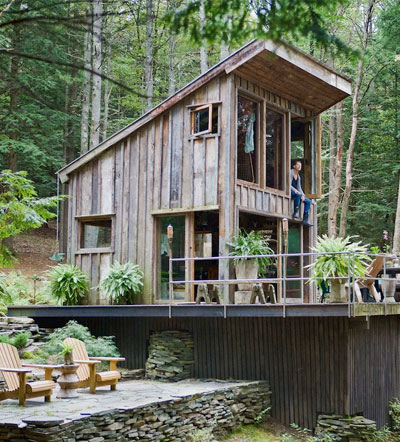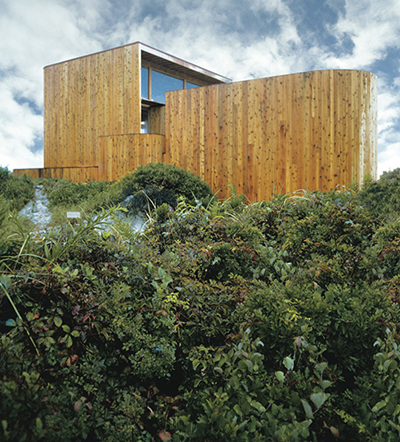
Roeder House, Fire Island Pines, NY, 1969. Architect Horace Gifford.
Between 1962, just a few years after he left school, and 1992, when he died, architect Horace Gifford built forty modern houses on Fire Island, the sandy sliver of land that buffers Long Island from the Atlantic Ocean. A new book by Christopher Bascom Rawlins, Fire Island Modernist: Horace Gifford and the Architecture of Seduction, recognizes his legacy.
Fire Island, a 31-mile long stretch of ungroomed white beaches and wild grasses that, at its widest points, is not even three miles wide, is a fragile landscape, vulnerable to storms and erosion, with minimal infrastructure. Most areas are connected with boardwalks and have no roads, and are reached from the mainland most easily by ferry. This unique geography fosters tight, intimate communities, and over the decades the island has been a vibrant haven for artists and for gay men and women. In the summer its population swells with day-trippers and revelers.
Gifford’s houses, modestly scaled and terrifically stylish, suit both the place and the people. They’re constructed from the same mundane materials that suburban wood frame houses are, but rendered in sophisticated modern forms.




 Facebook
Facebook Permalink
Permalink Digg
Digg Reddit
Reddit LinkedIn
LinkedIn StumbleUpon
StumbleUpon Tumblr
Tumblr
